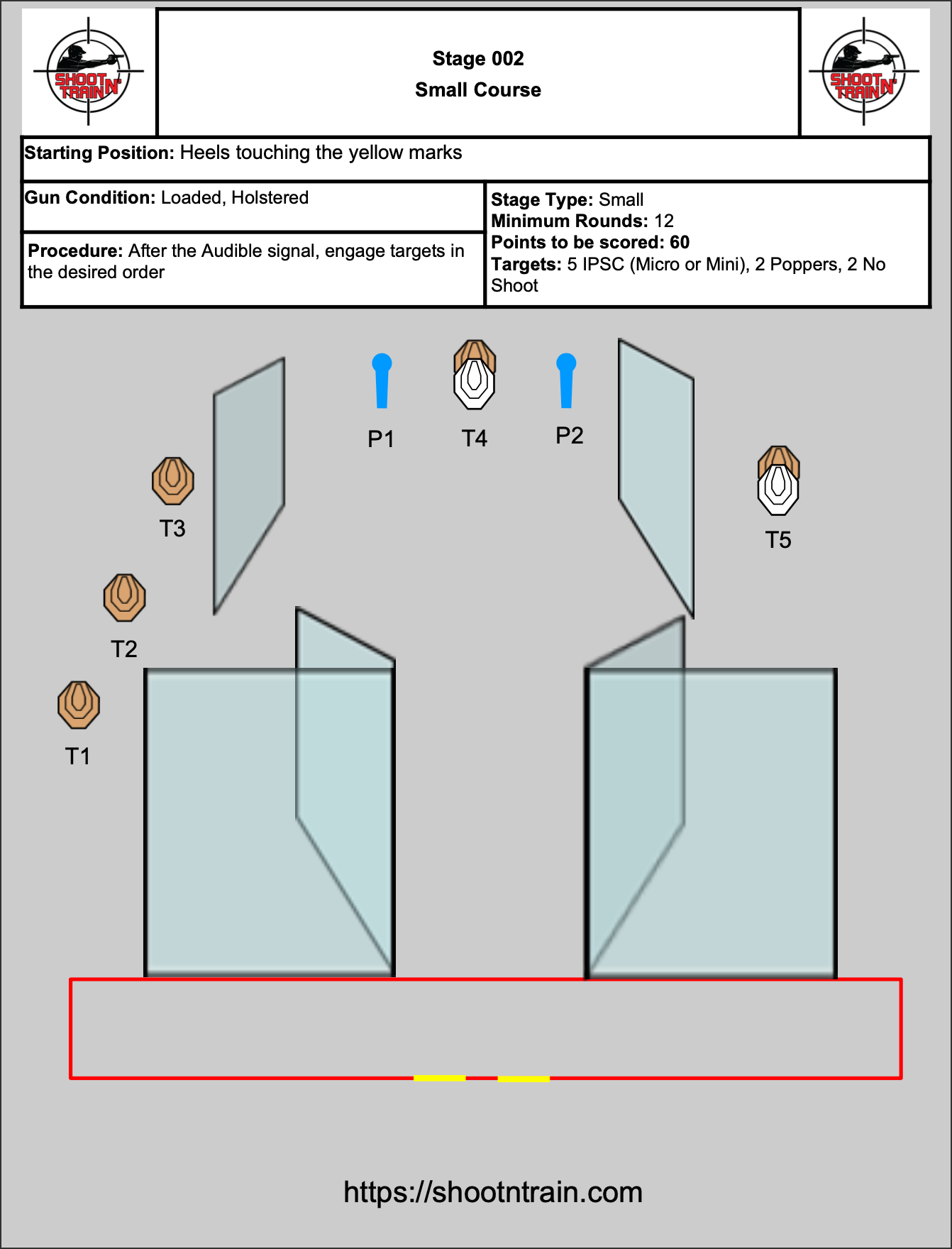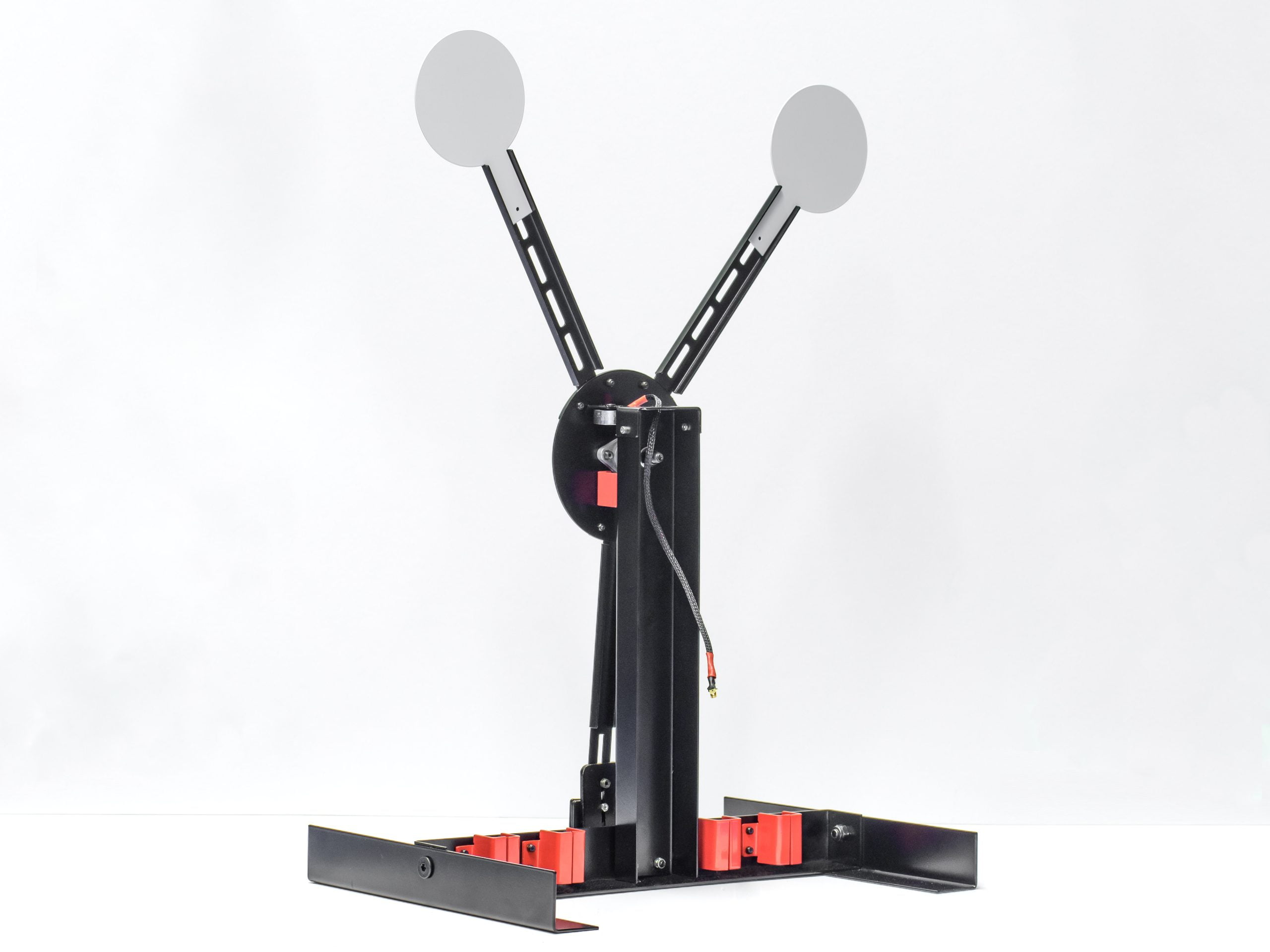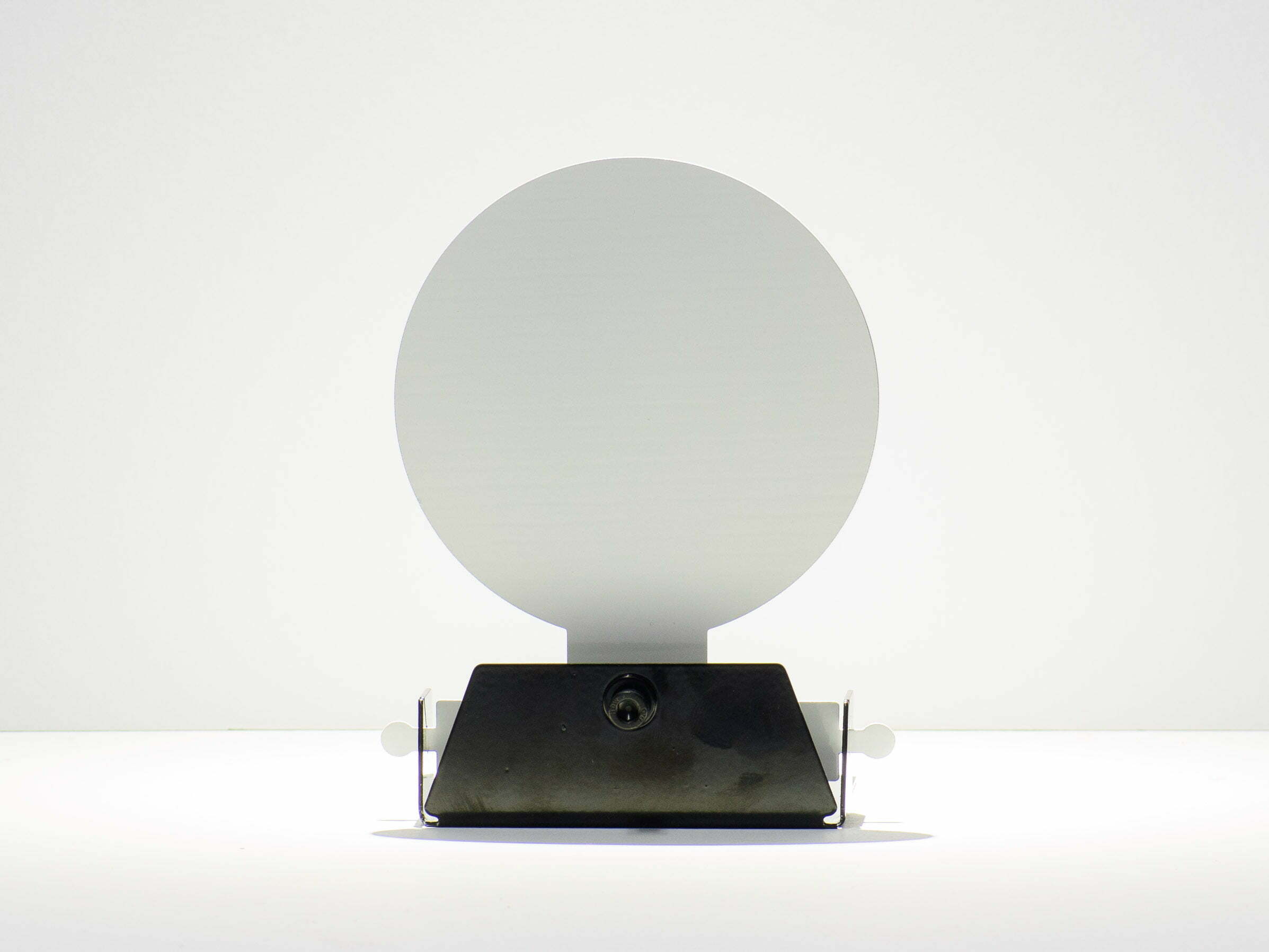
The Psychology of Successful IPSC Competition Targets
Introduction
IPSC (Worldwide Practical Shooting Confederation) competitions are highly requiring and need a combination of skill, strategy, and mental perseverance. To master these competitors, shooters not just need to have exact aim and fast reflexes but also comprehend the psychology behind successful IPSC competitors targets. In this article, we will explore the intricacies of the psychology that underlies successful IPSC competitors targets and check out how they can significantly impact a shooter's performance.
The Importance of IPSC Targets
Successful IPSC competitors targets ipsc targets play a crucial role in the mental aspect of shooting. They serve as the centerpiece for shooters, influencing their state of mind and determining their level of self-confidence. The design, positioning, and features of these targets can significantly impact a shooter's ability to perform under pressure. Let us now dive deeper into various factors that add to the psychology of effective IPSC competition targets.
The Psychology Behind Target Design
1. Size Matters: Discovering the Sweet Spot
When it concerns Shoot N' Train swinging shooting target IPSC targets, size matters. The measurements of a target need to strike a balance in between being challenging sufficient to check the shooter's skills while still allowing for precision. A target that is too big may not effectively challenge the shooter, leading to complacency and absence of focus. On the other hand, a target that is excessively small can induce anxiety and overwhelm the shooter with its problem. Hence, finding the ideal size is important in developing successful IPSC competition targets.
2. Struck Zones: Making the most of Accuracy
A well-designed target need to incorporate hit zones that simulate real-life scenarios while offering sufficient scoring chances for shooters. These hit zones ought to be tactically positioned to encourage shooters to aim at specific locations on the target. By taking full advantage of accuracy through hit zones, shooters develop a sense of accomplishment and are most likely to experience success during competitions.
3. Reactive Functions: Enhancing Realism
To include a component of realism and boost the mental aspect of shooting, reactive features can be integrated into IPSC targets. These functions might consist of falling plates, swinging targets, or auditory feedback upon successful hits. By supplying immediate feedback and replicating real-life situations, reactive functions add to the psychology of effective IPSC competitors targets.
The Impact of Target Placement
4. Range Matters: Challenging Precision
The placement of IPSC targets at differing distances is vital in challenging shooters' accuracy and focus. Targets positioned at different ranges need shooters to adjust their objective and adjust to altering situations. This element of target positioning evaluates a shooter's ability to handle pressure and make accurate shots under different conditions.

5. Shooting Angles: Testing Adaptability
In IPSC competitors, shooters are typically required to engage targets from numerous shooting angles. This element of target placement includes an extra layer of complexity and psychological difficulty. By forcing shooters to adapt to different shooting angles, successful IPSC competition targets evaluate their psychological flexibility and ability to rapidly analyze and engage targets from various perspectives.
6. Concealment: Mimicking Real-Life Scenarios
To reproduce real-life situations experienced by police officers or self-defense situations, IPSC competitors targets can be strategically placed behind barriers or partial concealment. This placement encourages shooters to make split-second choices on when and where to engage the target, adding a mental element of stress and urgency.
The Role of Target Presentation
7. Timing: Building Mental Speed
The timing at which a shooter encounters a target significantly affects their performance. By presenting targets at irregular intervals or including timed sequences, effective IPSC competition targets challenge a shooter's mental speed and decision-making abilities. This aspect plays an essential function in replicating dynamic scenarios that shooters may come across in real-life scenarios.
8. Visual Intricacy: Enhancing Focus
Successful IPSC competitors targets often integrate visual intricacy to simulate real-world environments. By adding diversions or numerous targets within a scene, shooters are required to maintain focus and quickly identify the target that requires engagement. This aspect of target presentation boosts a shooter's ability to focus on and make precise choices under pressure.
9. Target Movement: Checking Tracking Skills
Incorporating moving targets into IPSC competitions adds an additional layer of obstacle and psychological need. Moving targets require shooters to track the target's motion while maintaining accuracy, duplicating circumstances where targets may be in motion in real-life scenarios. Effective IPSC competitors targets efficiently evaluate a shooter's tracking skills and mental agility.
Frequently Asked Questions
Q1: What is the significance of IPSC targets in competitors shooting?
Successful IPSC competitors targets serve as the centerpiece for shooters, affecting their mindset and identifying their level of self-confidence. They play a crucial role in difficult shooters' abilities, improving realism, and replicating real-life scenarios.
Q2: How does target style effect a shooter's performance?
Target style affects a shooter's efficiency by offering the best balance between challenge and precision. The size, hit zones, and reactive functions of IPSC targets significantly affect a shooter's state of mind, self-confidence, and sense of accomplishment.
Q3: Why is target positioning essential in IPSC competitions?
Target placement is very important as it challenges shooters' precision, versatility, and decision-making abilities. Varying ranges, shooting angles, and concealment duplicate real-life situations and test a shooter's mental versatility under altering circumstances.
Q4: How does target discussion affect a shooter's performance?
Target discussion affects a shooter's performance by constructing psychological speed, improving focus, and testing tracking abilities. Timing, visual complexity, and moving targets add psychological needs that mirror dynamic scenarios come across in real-life scenarios.

Q5: What are some crucial mental elements dealt with by effective IPSC competitors targets?
Successful IPSC competition targets address essential mental aspects such as self-confidence, focus, versatility, decision-making under pressure, and mental agility. These aspects contribute to a shooter's general efficiency in IPSC competitions.
Q6: How can shooters benefit from understanding the psychology of successful IPSC competition targets?
Understanding the psychology of successful IPSC competition targets allows shooters to establish a strategic method to their training and competitors preparation. By recognizing the impact of target style, positioning, and discussion on their state of mind, shooters can fine-tune their abilities and improve their performance.

Conclusion
The psychology of effective IPSC competition targets encompasses different factors such as target design, placement, and discussion. By comprehending how these elements influence a shooter's mindset and performance, shooters can establish methods to optimize their training and competitors preparation. Effective IPSC competitors targets obstacle shooters' skills, enhance realism, and simulate real-life situations. By integrating the mental elements addressed by these targets into their training regimens, shooters can enhance their abilities to perform under pressure and master IPSC competitions.